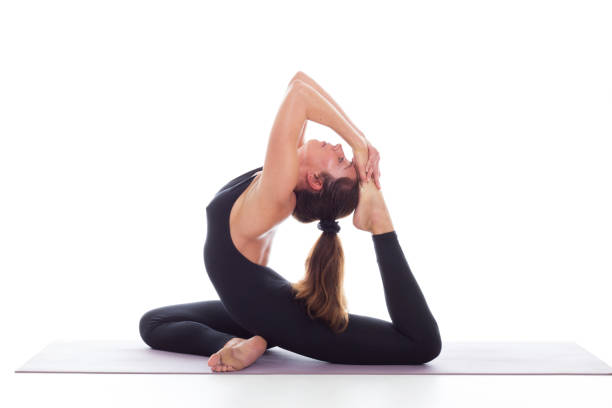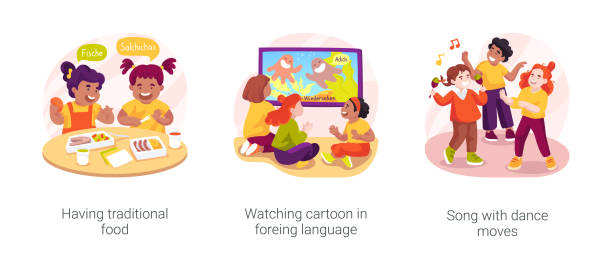Finding stability in a world that never stops changing
Success, in life and work, rarely comes from one extreme or the other. Too much rigidity can lead to burnout and frustration, while too much flexibility can cause chaos and inconsistency. The real key is balance—a blend of structure and adaptability that keeps you grounded but open.
Think of flexibility and discipline as partners, not opposites. They work best when they move together. You need the structure of discipline to reach your goals, but the openness of flexibility to handle inevitable shifts along the way. Whether it’s managing time, relationships, or even finances, this balance makes it possible to grow steadily without losing perspective. For instance, if your financial journey hits unexpected turns, exploring structured options like bankruptcy debt relief can help restore stability while allowing room to rebuild with flexibility and clarity.
Why both structure and adaptability matter
Discipline provides the foundation for consistency. It’s what helps you show up, stay focused, and follow through even when motivation fades. Without discipline, goals remain ideas instead of achievements. However, when taken too far, discipline can turn into rigidity—an unwillingness to adapt when life inevitably throws curveballs.
Flexibility, on the other hand, allows you to pivot when plans don’t go as expected. It keeps creativity alive and helps you recover when things change suddenly. But too much flexibility can create a lack of direction, leading to procrastination or impulsive decision-making.
Balance happens when you use discipline to set a framework but allow flexibility to shape the details. You follow a plan—but you’re willing to modify it when reality demands it.
Creating a rhythm instead of a routine
One helpful mindset shift is thinking of your schedule or goals as rhythms rather than rigid routines. A rhythm allows you to flow with the day while still maintaining a sense of order. You might have set working hours, for example, but give yourself permission to take a break if you’re creatively blocked.
Rhythm-based planning is especially helpful for people who juggle multiple responsibilities. It honors both productivity and rest. Instead of forcing yourself into a strict routine that may cause stress, you allow natural fluctuations in energy and focus to guide your workflow—without losing track of your larger commitments.
Psychologists often emphasize this kind of adaptive consistency as essential for long-term success. The American Psychological Association has found that adaptable habits are more sustainable than rigid ones, as they help reduce stress and maintain motivation over time.
Discipline as a tool for freedom
Discipline often gets a bad reputation—it sounds restrictive, even harsh. But real discipline is a form of self-respect. It’s the structure that creates freedom. When you set boundaries, follow through on commitments, and manage time effectively, you free yourself from unnecessary stress and chaos.
For example, if you commit to saving a portion of your income every month, that discipline gives you flexibility later when unexpected expenses arise. In relationships, discipline in communication—like staying honest and consistent—creates emotional safety and freedom for both people.
So instead of viewing discipline as limitation, see it as a tool that protects your energy and allows you to direct it toward what truly matters.
Flexibility as an engine for growth
While discipline builds stability, flexibility drives evolution. It’s what allows you to innovate, adjust, and thrive when circumstances shift. In business, flexibility might look like exploring new strategies when the market changes. In personal growth, it’s the ability to revise your goals when your priorities evolve.
True flexibility doesn’t mean abandoning structure—it means trusting yourself to adapt within it. It’s about recognizing that progress isn’t always linear and that resilience often comes from knowing when to bend without breaking.
This is why leaders, creatives, and athletes alike rely on flexibility as much as discipline. It’s what keeps them relevant, agile, and mentally strong even under pressure. The Harvard Business Review highlights that flexibility is a key predictor of success in today’s dynamic workplaces, helping individuals sustain performance while avoiding burnout.
Avoiding the extremes
When people struggle with balance, it’s usually because they’ve leaned too far to one side. Over-discipline can lead to burnout, perfectionism, and loss of joy. Over-flexibility can lead to lack of accountability and missed opportunities.
If you find yourself slipping into either extreme, take a moment to recalibrate. Ask yourself:
- Am I being too rigid to notice new possibilities?
- Or am I being too lenient with myself to make real progress?
Awareness is the first step toward restoring balance. You don’t need to overhaul everything—just make small adjustments. Maybe that means introducing structured planning to your week or, conversely, allowing yourself one “unstructured day” for creativity and rest.
Building systems that support both
One of the best ways to sustain balance is by designing systems that blend flexibility and discipline naturally. For instance:
- Set specific goals but allow open-ended methods to reach them.
- Schedule key priorities but leave space for unexpected opportunities.
- Track your progress but focus on learning, not perfection.
These systems help you stay accountable while keeping life dynamic and rewarding. You stay organized without becoming rigid, and you stay open without losing direction.
Balancing in practice
Imagine a writer who commits to writing every morning for one hour. That’s discipline. But if inspiration doesn’t strike, they allow themselves to outline or brainstorm instead of forcing progress. That’s flexibility. Both actions move them forward, just in different ways.
The same principle applies to fitness, relationships, finances, or any area of growth. You create a structure that keeps you consistent while maintaining the freedom to adjust as you evolve.
Final thoughts
Balancing flexibility and discipline is less about walking a tightrope and more about building a bridge between structure and spontaneity. The two complement each other—discipline gives you the framework to grow, and flexibility gives you the space to breathe.
When you learn to move fluidly between them, you develop the resilience to handle life’s unpredictability while still staying true to your goals. That’s not just balance—it’s mastery of both structure and flow, the art of living with both focus and freedom.






